
Featuring students from Florida State’s top-ranked College of Music, PRISM offers a wide array of entertainment from the amazing band program, including concert bands and wind ensembles, smaller chamber groups, jazz ensembles, the Marching Chiefs, and many more exciting groups. The Tallahassee Democrat put it best: “PRISM’s contrast between traditional fare and more experimental groups may be one of the reasons behind the program’s success. Because of its design, [the performance] offers a unique show depending on where an audience member sits.” Get to PRISM early to find your seats and read the program!
Students will learn about all the diverse instruments featured in PRISM; how musicians handle the instruments to create sound; how different sounds come together to form a completed musical piece; how to reflect, discuss, and gain a wider understanding of the musical world. Mostly importantly, students will enjoy the show!
Instruments of the Band
MU.3.C.1.3, MU.4.C.1.3, LAFS.K12.L.3.4
The musical ensemble known today as a “band” consists of three families of instruments: woodwinds, brass, and percussion. Each family is characterized by how the sound is made on that instrument.
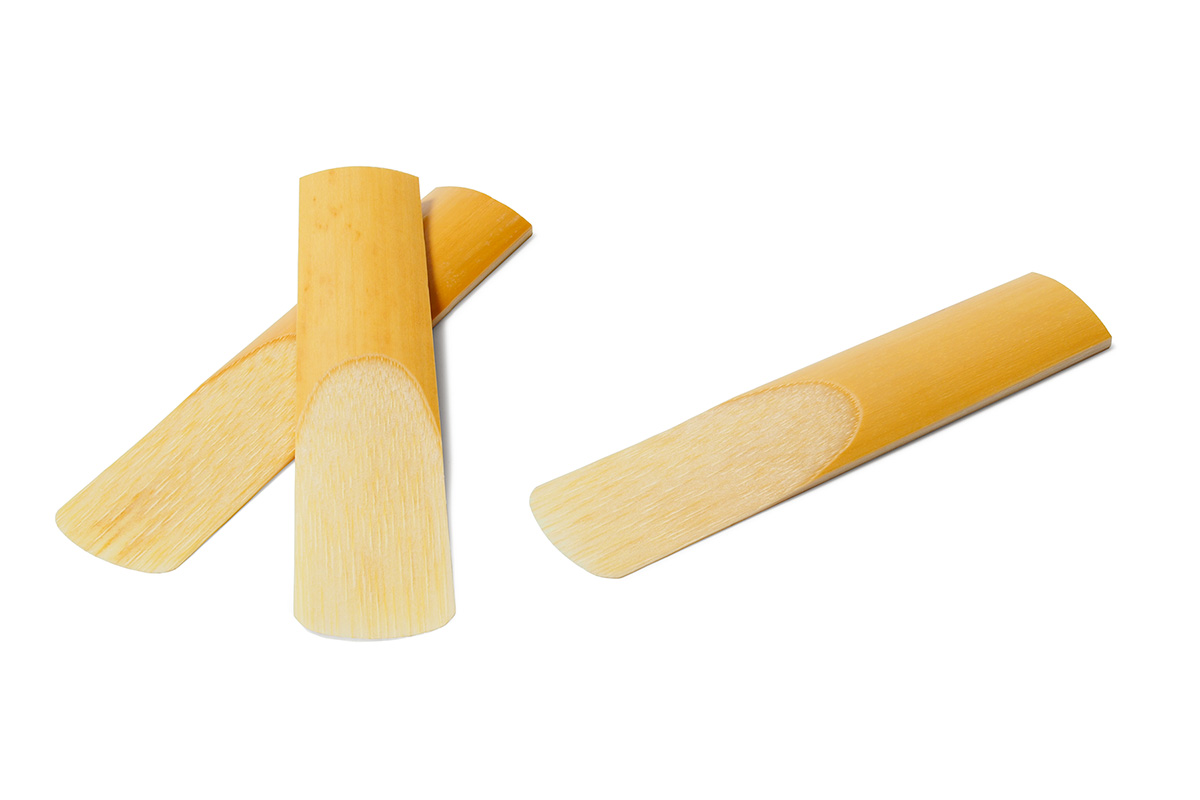
Woodwinds
All woodwind instruments—except the flute—use a reed to make a sound. A reed is made from a special cane wood and fits on the mouthpiece of the instrument. The first flutes were originally made of wood, not metal!
- Flute
- Clarinet
- Saxophone
- Oboe
- Bassoon

Brass
Brass instruments are played by buzzing your lips into a metal mouthpiece like the photo on the left.
- Trumpet
- French Horn
- Trombone
- Euphonium
- Tuba
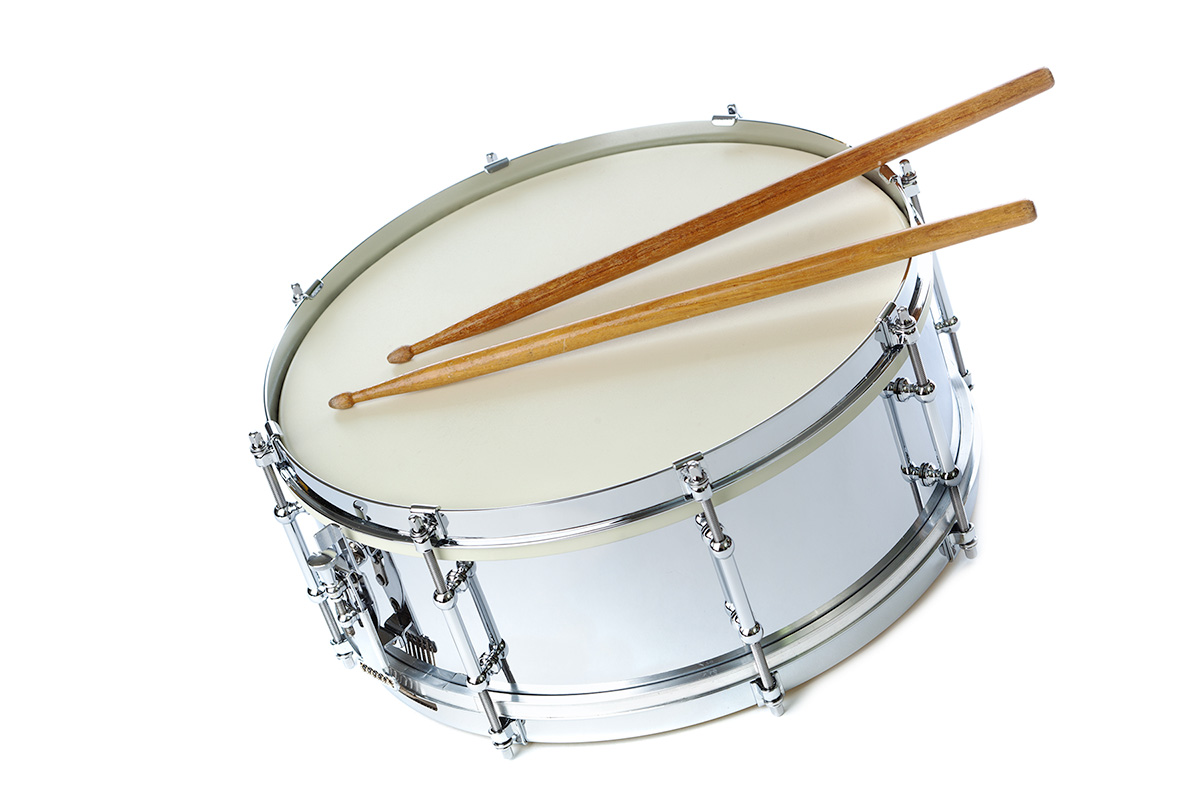
Percussion
Percussion instruments are played by striking the instrument with a stick, mallet, or your hands.
- Snare drum
- Bass drum
- Cymbals
- Triangle
- Xylophone
If you’d like to see each instrument and hear how it sounds, check out this video from the professional musicians in the Army Field Band!
Be a Drummer: Play the War Chant!
MU.K.C.1.1, MU.4.C.1.2
Anyone who has attended a Florida State football game will recognize the epic sound of the Marching Chiefs playing the War Chant. Just four notes and a simple but memorable drum riff have the ability to electrify 80,000 fans in the football stadium! You will get to hear the FSU Marching Chiefs play the War Chant at the PRISM concert.
Let’s learn to read the drum music for the War Chant, then give you a chance to play along.

Step 1: Know your sticking
In percussion music, sometimes it will tell you the “sticking,” or which hand to use to play each note.
R = right hand; L = left hand
Step 2: Know the accents
Accents, shown under the note using the “>” symbol, tell us which notes need to be louder than the other notes. This music shows that every fourth note is louder than the others.
Step 3: Listen and Play Along!
Listen to this recording of the War Chant, played by the Marching Chiefs:
Do you hear the drums at the beginning? This is the part that you will be playing. Alternate using your right and left hands and make sure you play the accented notes. Feel free to get into it and listen out for the War Chant at the end of the PRISM Concert!
Guided Listening
MU.K.C.1.2, MU.1.C.1.1, MU.2.C.1.2, MU.2.C.1.1, MU.2.C.1.2, MU.4.C.1.2, MU.5.C.1.2, MU.68.O.3.1, LAFS.K12.RL.3.7
A “fight song” is a school song played at sporting events, school graduations, and more. Each college football team has a fight song unique to them, sometimes written specially for their school by a composer (someone who writes music). Florida State’s fight song was written in 1950 by FSU College of Music professor, Thomas G. “Tommie” Wright. Wright wrote the song in only 20 minutes during his lunch break, not knowing it would become the famously known tune it is today.
FSU Fight Song

“I’ve written lots of songs, but the only thing this world will remember me for is a 16-bar fight song (that) took me about 20 minutes (to write).”
– Thomas G. “Tommie” Wright
After listening to the FSU Fight Song performed by the Marching Chiefs, answer the following questions or discuss them as a class.
- Using your new knowledge of the band instruments, what instruments do you hear in this recording?
- Give three words to describe the mood of this piece of music.
- If this were music from a movie scene, what would be happening in the scene?
Feel free to illustrate your answer to this question!
Activities
Florida Standards Index
Elementary Music Benchmarks for PRISM
Kindergarten:
- MU.K.C.1.2 Identify various sounds in a piece of music.
- MU.K.C.1.1 Respond to music from various sound sources to show awareness of steady beat.
- LAFS.K.RL.3.7 – Compare and contrast the experience of reading a story, drama, or poem to listening to or viewing an audio, video, or live version of the text, including contrasting what they “see” and “hear” when reading the text to what they perceive when they listen or watch.
1st Grade:
- MU.1.C.1.2 Respond to music from various sound sources to show awareness of steady beat.
- MU.1.C.1.1 Respond to music from various sound sources to show awareness of differences in musical ideas.
2nd Grade:
- MU.2.C.1.2 Respond to a piece of music and discuss individual interpretations.
- MU.2.C.1.1 Identify appropriate listening skills for learning about musical examples selected by teachers.
3rd Grade:
- MU.3.C.1.3 Identify families of orchestral and band instruments.
- MU.3.C.1.2 Respond to a musical work in a variety of ways and compare individual interpretations.
4th Grade:
- MU.4.C.1.3 Classify orchestral and band instruments as strings, woodwinds, brass, percussion or keyboards.
- MU.4.C.1.2 Describe using correct music vocabulary, what is heard in a specific musical work.
5th Grade:
- MU.5.C.1.3 Identify aurally, selected instruments of the band and orchestra.
- MU.5.C.1.2 Hypothesize and discuss, using correct music vocabulary, the composer’s intent for a specific musical work.
Middle School
- MU.68.C.1.1 Develop strategies for listening to unfamiliar musical works.
- MU.68.C.1.3 Identify, aurally, instrumental styles and a variety of instrumental ensembles.
- MU.68.O.3.1 Describe how the combination of instrumentation and expressive elements in a musical work can convey a specific thought, idea, mood, and/or image.
All Grade Levels
- LAFS.K12.L.3.4 – Determine or clarify the meaning of unknown and multiple-meaning words and phrases by using context clues, analyzing meaningful word parts, and consulting general and specialized reference materials, as appropriate
- LAFS.K12.RL.3.7 – Compare and contrast the experience of reading a story, drama, or poem to listening to or viewing an audio, video, or live version of the text, including contrasting what they “see” and “hear” when reading the text to what they perceive when they listen or watch.
Special Thanks
- Mary Register
- Emma Haley
- FSU College of Music
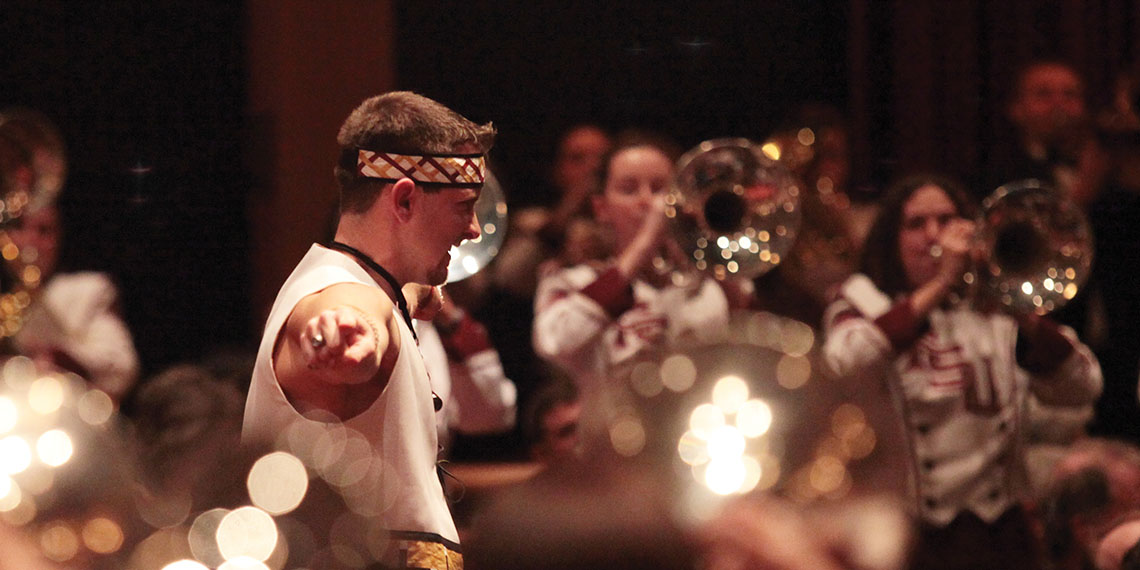
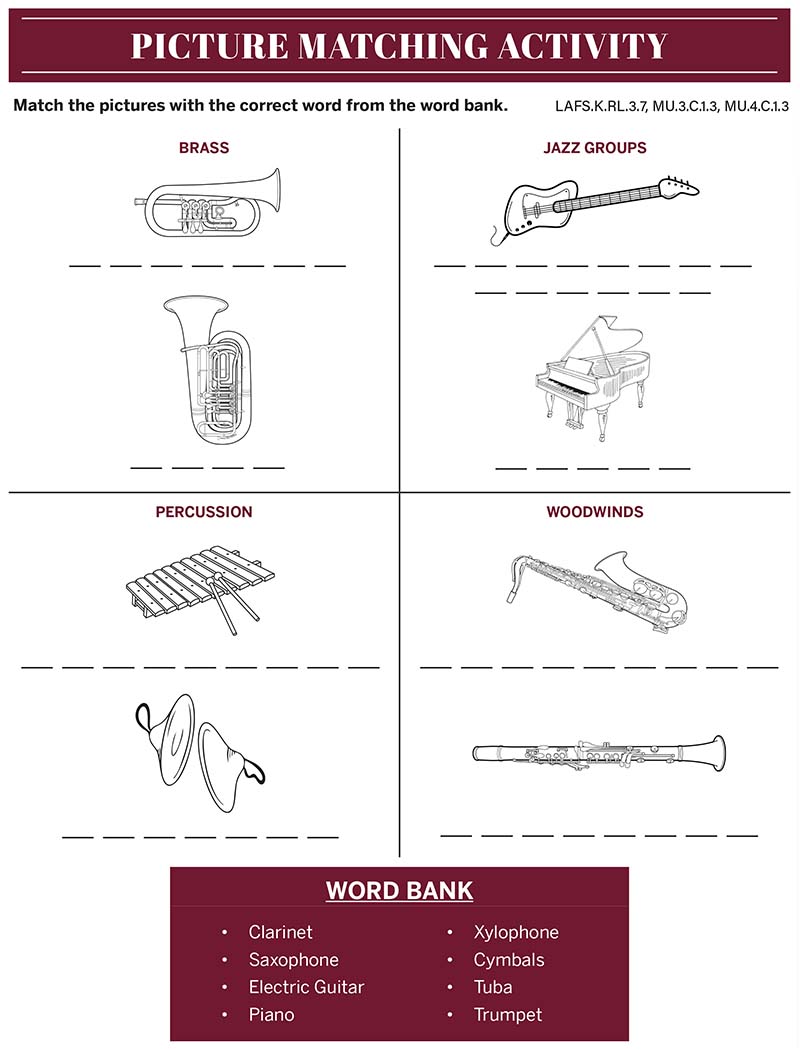 Matching
Matching 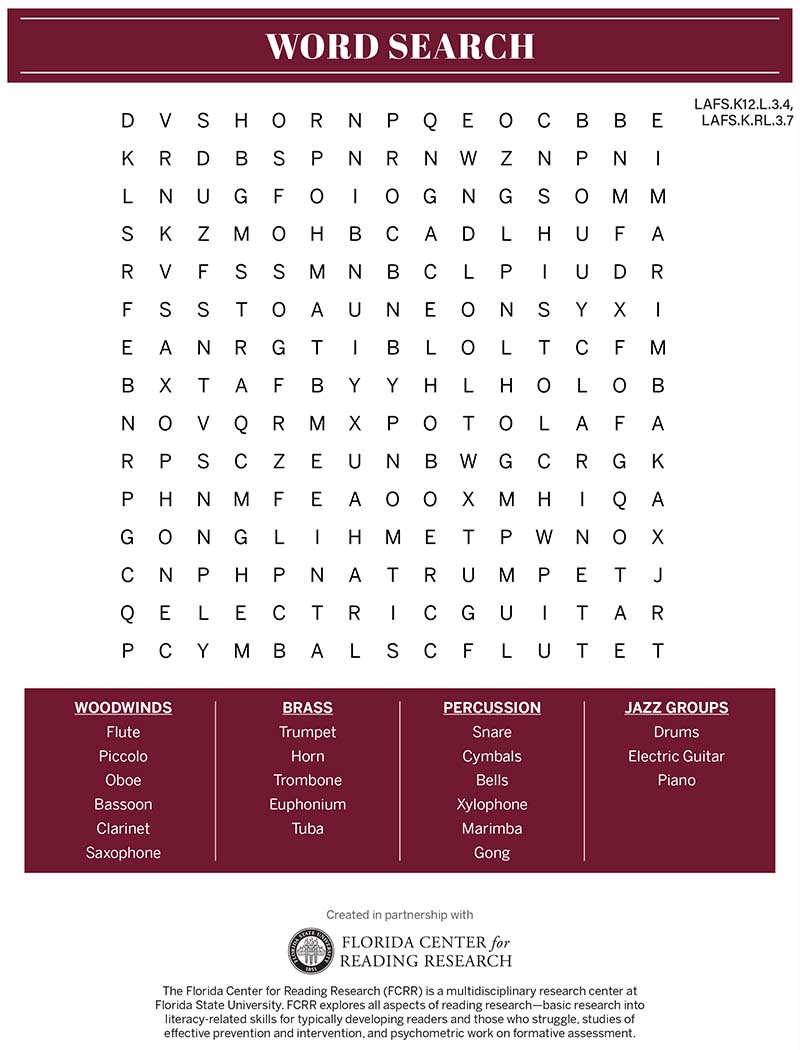 Word Search
Word Search 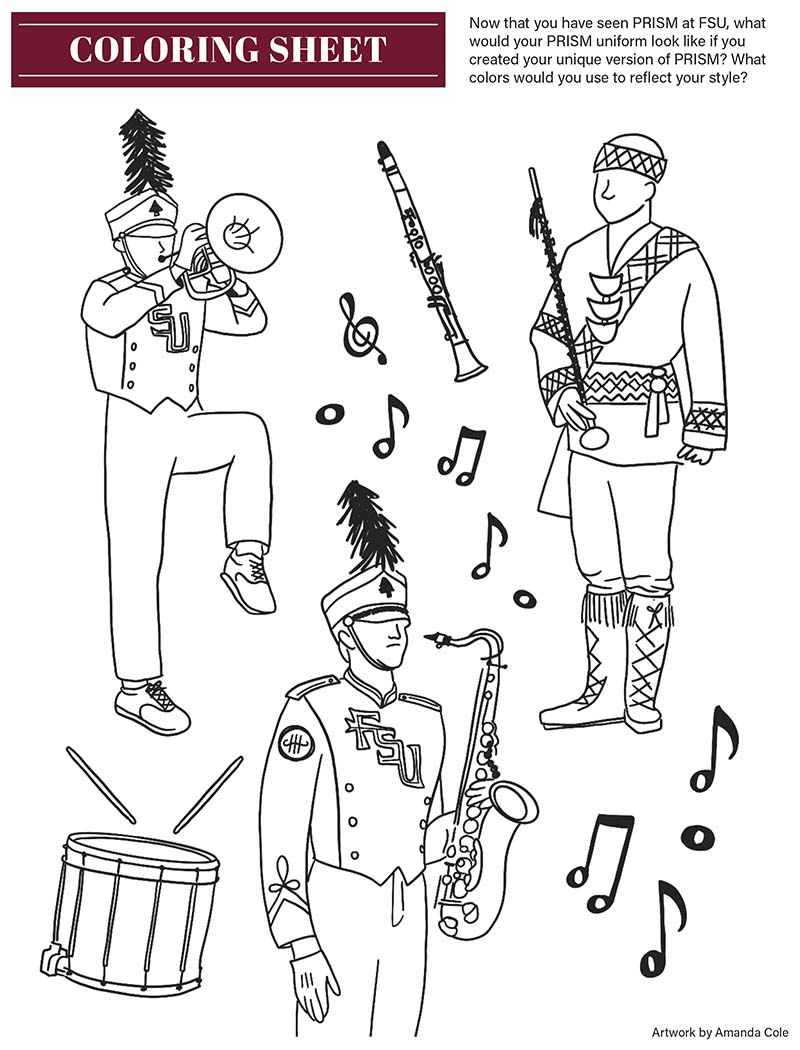 Coloring Sheet
Coloring Sheet